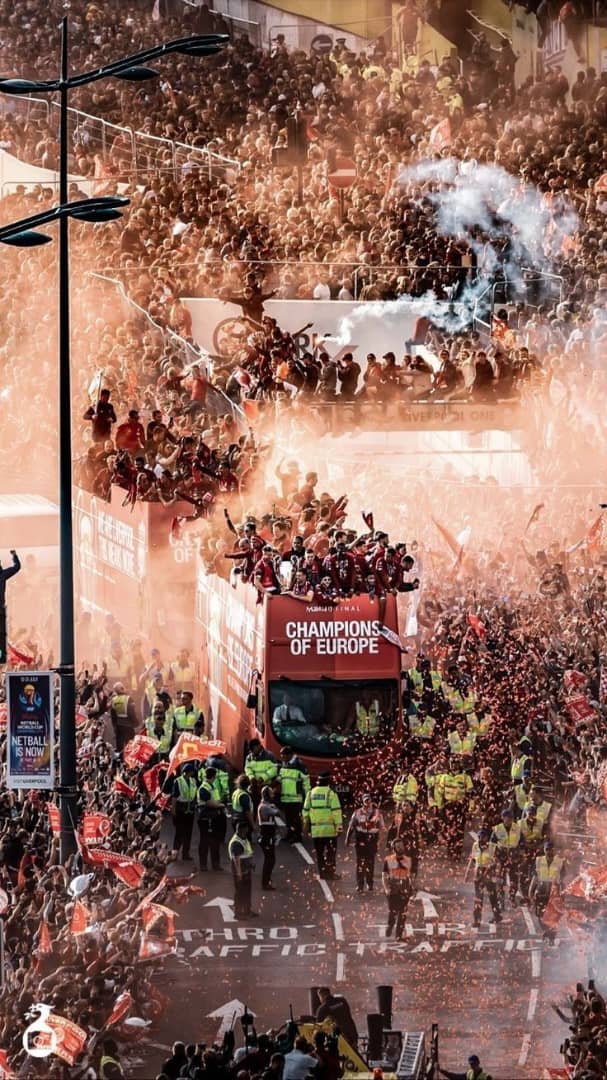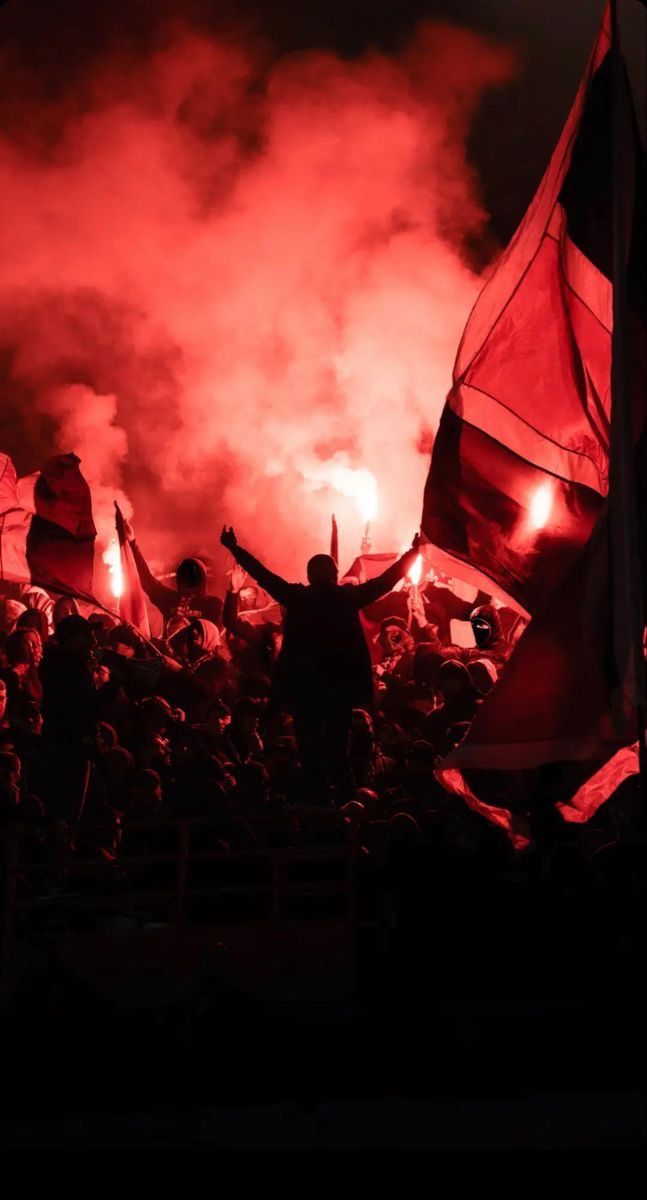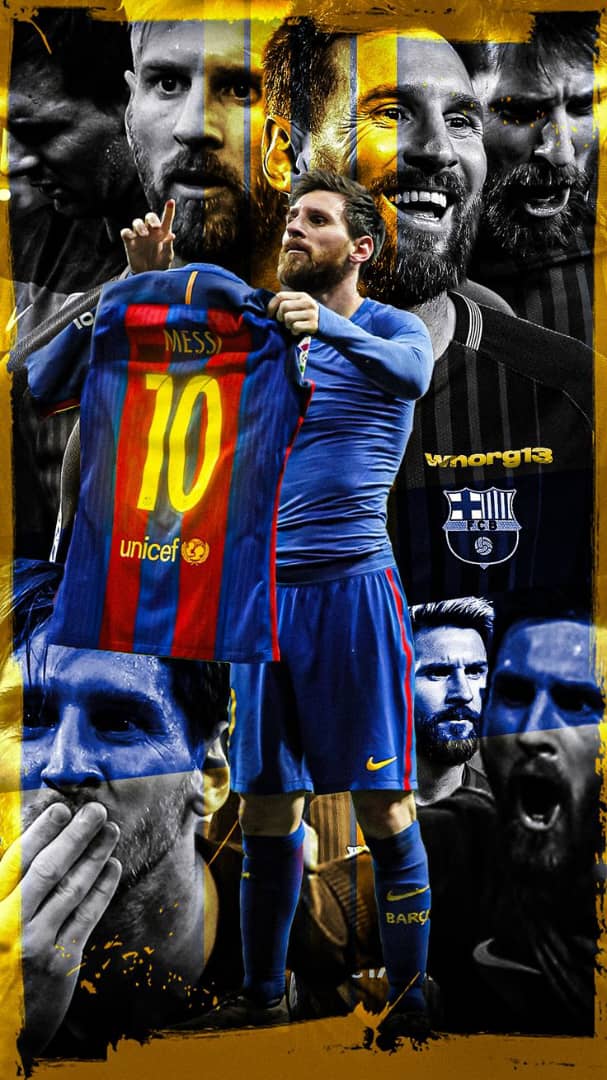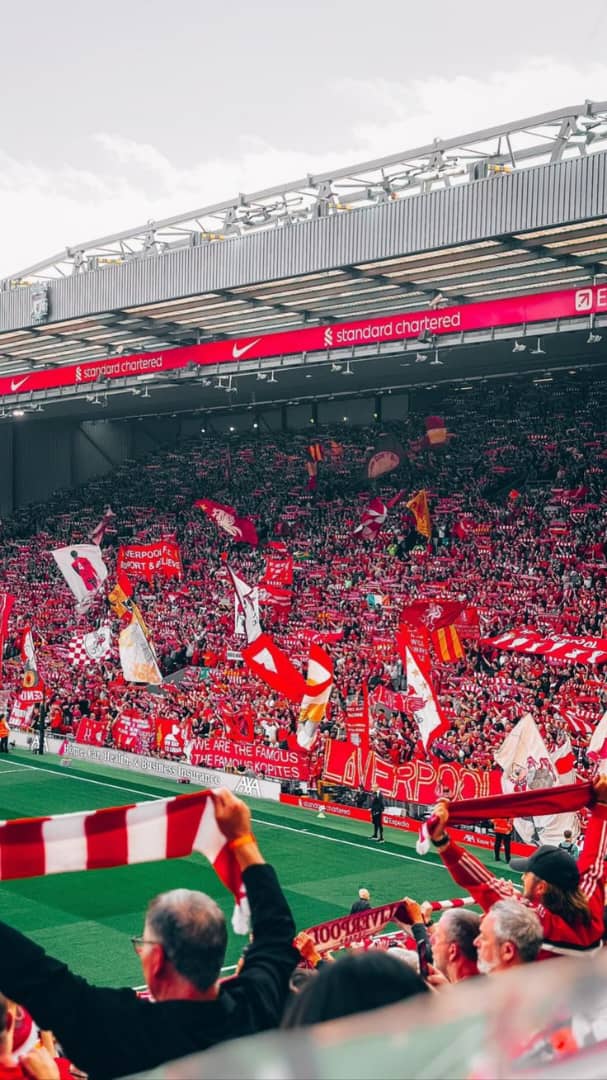
Part 1: Introduction – The Spirit Behind the Game
Football as a Cultural Force
Football is not merely a sport—it is a *global culture. From the tribal energy in the stands of La Bombonera to the orderly fan marches in Dortmund, from the drums of African terraces to the tifos of European ultras, football fandom is a *social phenomenon that transcends borders.
It is about more than 90 minutes of gameplay. It’s about rituals, belonging, memory, politics, love, protest, grief, and joy.
This blog dives deep into the heartbeat of the sport: its fans. Not the millionaire players or the sleek stadiums. The true soul of football lies in those who live and breathe it—the fans.
Part 2: The Origins of Football Fandom
From Local Games to National Passion
- Early football fandom in 19th-century Britain.
- How football clubs were tied to industrial towns, religious groups, or communities (e.g., Celtic vs Rangers, Arsenal’s military roots).
- The first supporter clubs and match-going rituals.
This period saw the rise of the working-class supporter and the communal matchday ritual—the precursor to today’s fan culture.
Part 3: Matchday Rituals and Traditions
A Sacred Routine
- Pre-match meals, pub gatherings, chants, and shirt rituals.
- Global traditions: lighting incense in India, dancing in Ghana, vuvuzelas in South Africa.
- How fan rituals bring continuity, identity, and joy.
Whether it’s a scarf held high in Liverpool or burning flares in Belgrade, matchday rituals are emotional anchors in fans’ lives.
Part 4: Chants, Songs, and the Sound of Support
Football’s Sonic Identity
- The psychology of singing in groups.
- Legendary anthems like “You’ll Never Walk Alone,” and club-specific chants.
- How chants are born, evolve, and spread globally.
Songs serve as *identity markers, bonding tools, and even forms of *resistance.
Part 5: Ultras, Hooligans, and Subcultures
The Darker and Deeper Edges of Fandom
- The Ultras movement in Italy and its spread across Europe.
- Hooliganism: history, psychology, and media portrayal.
- The tension between passion and violence.
This section also explores how groups like ultras see themselves as guardians of club identity, and how they often clash with club executives and law enforcement.
Part 6: Globalization of Fan Culture
The Rise of the International Supporter
- The Premier League’s global reach.
- How fans in Africa, Asia, and America adopt clubs as lifelong identities.
- The effects of satellite TV, social media, and FIFA video games.
The internet made it possible for a child in Vietnam to fall in love with Manchester United, even without ever setting foot in Old Trafford.
Part 7: Digital Fandom – From Forums to TikTok
The Game Enters Cyberspace
- The evolution from early fan forums and blogs to Twitter threads and YouTube fan channels.
- TikTok football edits, meme culture, and instant reactions.
- The pros and cons: community vs toxicity.
Fans are now *content creators, **pundits, and *culture curators, reshaping how football is discussed and celebrated.
Part 8: Gender, Inclusion, and Changing Faces of Fandom
Women and Marginalized Groups in Football Culture
- The rise of women’s football fandom and supporter groups.
- LGBTQ+ supporters (e.g., Gay Gooners).
- Racism, sexism, and inclusion campaigns.
Football fan culture is becoming more *diverse, but still struggles with *deep-rooted prejudices.
Part 9: Political and Protest Fan Culture
When Football Terraces Become Protest Grounds
- Anti-fascist supporter groups (e.g., St. Pauli).
- Protests against club owners (e.g., #GlazersOut).
- Political banners and chants (e.g., Catalonia’s independence).
Fans often use stadiums as platforms for dissent, voicing resistance in creative and courageous ways.
Part 10: The Economy of Fandom
Fans as Consumers vs Stakeholders
- Rising ticket prices and the “gentrification” of fandom.
- Merchandise obsession: shirts, scarves, and collectibles.
- Fan backlash against commercialization (e.g., European Super League).
This explores the conflicted identity of modern fans as both devoted supporters and economic targets.
Part 11: Mental Health, Belonging, and Community
The Healing Power of Football
- Supporter groups providing community for lonely or grieving fans.
- Ritual as emotional regulation and identity reinforcement.
- Football as therapy and emotional outlet.
Football fan culture offers a *lifeline, especially in times of *personal or collective crisis.
Part 12: Famous Fan Cultures Around the World
Spotlight on Iconic Fan Bases
- Liverpool (England) – Tradition and tragedy.
- Boca Juniors (Argentina) – Wild passion and La Bombonera.
- Galatasaray (Turkey) – Inferno atmosphere.
- Al Ahly (Egypt) – Dominance and defiance.
- Borussia Dortmund (Germany) – The Yellow Wall.
Each of these cultures provides a case study in how local history and identity shape fan behavior.
Part 13: Rivalries and Derbies – The Emotional Core
Hatred, History, and Heartbeats
- El Clásico, Old Firm, Derby della Capitale, and more.
- How rivalries reflect cultural, political, and historical divides.
- The psychology of hating the “Other” team.
Derbies are not just games—they are identity clashes played on a pitch.
Part 14: The Pandemic and the Fanless Game
When the Stadiums Fell Silent
- The eerie silence of COVID-era football.
- The emotional toll on fans and players.
- What we learned about the centrality of fans in football’s soul.
Without fans, football felt like a simulation—soulless and sterile.
Part 15: The Future of Football Fan Culture
Where Are We Going?
- Virtual stadiums, augmented reality, and the metaverse.
- AI-driven fan engagement.
- Will emotion remain intact as tech reshapes experience?
Fan culture will evolve, but the core emotional connection must be protected.
Part 16: Conclusion – The Eternal Flame of Football Fandom
Football fan culture is a living, breathing tradition—a blend of tribalism, art, protest, and pure emotion. It reflects humanity at its best and worst: loyal, irrational, joyous, violent, creative, and loving.
No matter how digital or global it becomes, the core remains unchanged: this is about love. Love for a club. Love for a team. Love for a game that mirrors life itself.





